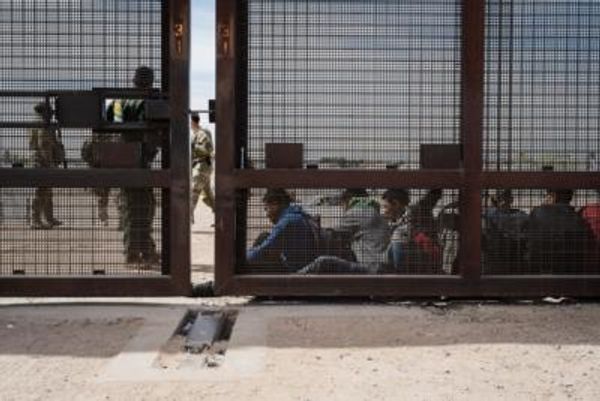SENDAI -- A technical college in Sendai has developed a self-propelled robot equipped with ground-penetrating radar, which it recently deployed to search for four elementary school children missing since the tsunami caused by the 2011 Great East Japan Earthquake.
The search was conducted Sunday on the coast of Ishinomaki, Miyagi Prefecture, at the request of Miho Suzuki, 54, whose daughter Hana went missing in the disaster as a fourth grader at Okawa Elementary School.
"It's OK if it takes some time, but I want them to find Hana at any cost," Suzuki said watching over the search, her face fixed as though in prayer.
Prof. Jun Sonoda, 52, of National Institute of Technology Sendai College, converted a snowplow to build the 120-centimeter-long, 70-centimeter-wide, 70-centimeter-tall robot.
Its continuous tracks allow it to travel over rocky terrain, and it can accurately locate itself using the global positioning system.
The latest search was conducted on a 200-meter stretch of sandy beach near the Nagatsura bathing beach on the east side of the elementary school, with ground-penetrating radar being used to scan 1 meter down. Buried objects were detected at about 10 locations, and volunteers plan to dig up and examine them in mid-April.
Sonoda initially developed a hand-pulled device equipped with ground-penetrating radar, and began conducting searches in 2013 in Natori, Miyagi Prefecture, and Rikuzentakata, Iwate Prefecture.
In 2021, he produced a self-propelled robot with tires, a creation that would go through four more iterations before being deployed for Sunday's search.
So far, Sonoda's successive robots have found about 30 items, including hats and shoes with names on them.
To increase the odds of an important find, a data set has been created of some 100,000 items that are not personal effects or remains that includes information on object size and shape.
This allows artificial intelligence to determine what an item is while it lies buried, and frees up search parties to dig only in promising spots.
Read more from The Japan News at https://japannews.yomiuri.co.jp/







